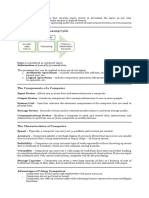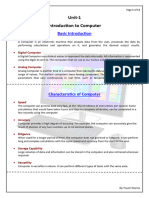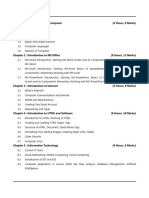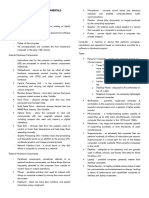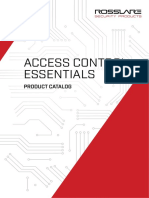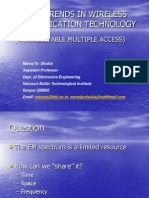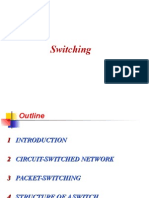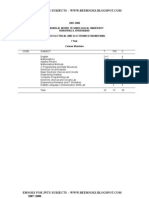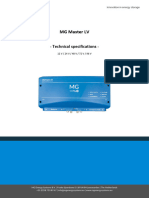0% found this document useful (0 votes)
5 views7 pagesSystem Software Chapter 1 Short Version
The document provides a comprehensive overview of computer systems, detailing their core functions, characteristics, components, and types. It covers essential concepts such as input, processing, output, storage, and the various hardware and software elements involved in computing. Additionally, it discusses virtualization, protocols, and the historical development of computers.
Uploaded by
harukogg503Copyright
© © All Rights Reserved
We take content rights seriously. If you suspect this is your content, claim it here.
Available Formats
Download as PDF, TXT or read online on Scribd
0% found this document useful (0 votes)
5 views7 pagesSystem Software Chapter 1 Short Version
The document provides a comprehensive overview of computer systems, detailing their core functions, characteristics, components, and types. It covers essential concepts such as input, processing, output, storage, and the various hardware and software elements involved in computing. Additionally, it discusses virtualization, protocols, and the historical development of computers.
Uploaded by
harukogg503Copyright
© © All Rights Reserved
We take content rights seriously. If you suspect this is your content, claim it here.
Available Formats
Download as PDF, TXT or read online on Scribd
/ 7


